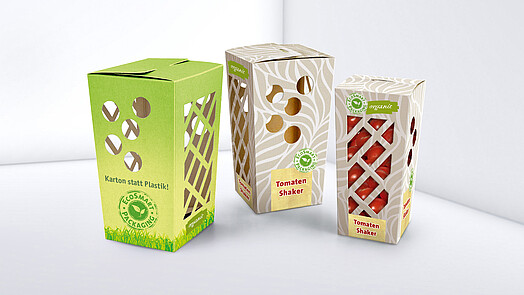Packaging plays a crucial role in our modern society, ensuring the safe transportation and preservation of goods. However, not all packaging materials are created equal. In this blog post, we will delve into the world of non-environmentally acceptable packaging materials, shedding light on their detrimental effects and exploring sustainable alternatives.
- The Environmental Impact of Non-Environmentally Acceptable Packaging Materials:
Non-environmentally acceptable packaging materials pose significant threats to our planet. They contribute to pollution, resource depletion, and climate change. Let's examine some of the most commonly used culprits:
a) Polystyrene (Styrofoam): This lightweight and versatile material is widely used in packaging due to its insulation properties. However, it is non-biodegradable and takes hundreds of years to decompose, clogging landfills and polluting waterways.
b) PVC (Polyvinyl Chloride): PVC is commonly used in food packaging and bottles. It contains harmful chemicals, including phthalates and dioxins, which can leach into the environment and pose health risks. Moreover, PVC production releases toxic pollutants, contributing to air and water pollution.
c) Non-Recyclable Plastics: Many packaging materials, such as multi-layered plastics and certain types of laminates, are not recyclable. These materials end up in landfills or incinerators, exacerbating the plastic waste crisis.
- Sustainable Alternatives to Non-Environmentally Acceptable Packaging Materials:
Fortunately, there are numerous eco-friendly alternatives available that can help mitigate the environmental impact of packaging. Here are some noteworthy options:
a) Biodegradable Packaging: Materials like bioplastics, made from renewable resources such as cornstarch or sugarcane, offer a sustainable alternative to traditional plastics. These materials break down naturally, reducing waste and pollution.
b) Recyclable Packaging: Opting for packaging materials that are easily recyclable, such as cardboard, paper, and certain types of plastics (PET, HDPE), can significantly reduce the environmental footprint. Recycling conserves resources and reduces the need for virgin materials.
c) Compostable Packaging: Compostable materials, like plant-based fibers and certain bioplastics, can be broken down into nutrient-rich compost. These materials not only reduce waste but also provide valuable nutrients for soil health.
- The Importance of Consumer Awareness and Industry Responsibility:
While sustainable packaging alternatives exist, their widespread adoption requires collective efforts from both consumers and industries. Increased consumer awareness and demand for environmentally friendly packaging can drive innovation and encourage companies to prioritize sustainability. Additionally, governments and regulatory bodies play a crucial role in setting standards and incentivizing the use of eco-friendly materials.
Conclusion:
Non-environmentally acceptable packaging materials have far-reaching consequences for our planet. By understanding their environmental impact and embracing sustainable alternatives, we can pave the way for a greener future. Let's strive for packaging solutions that protect both our products and our planet.



